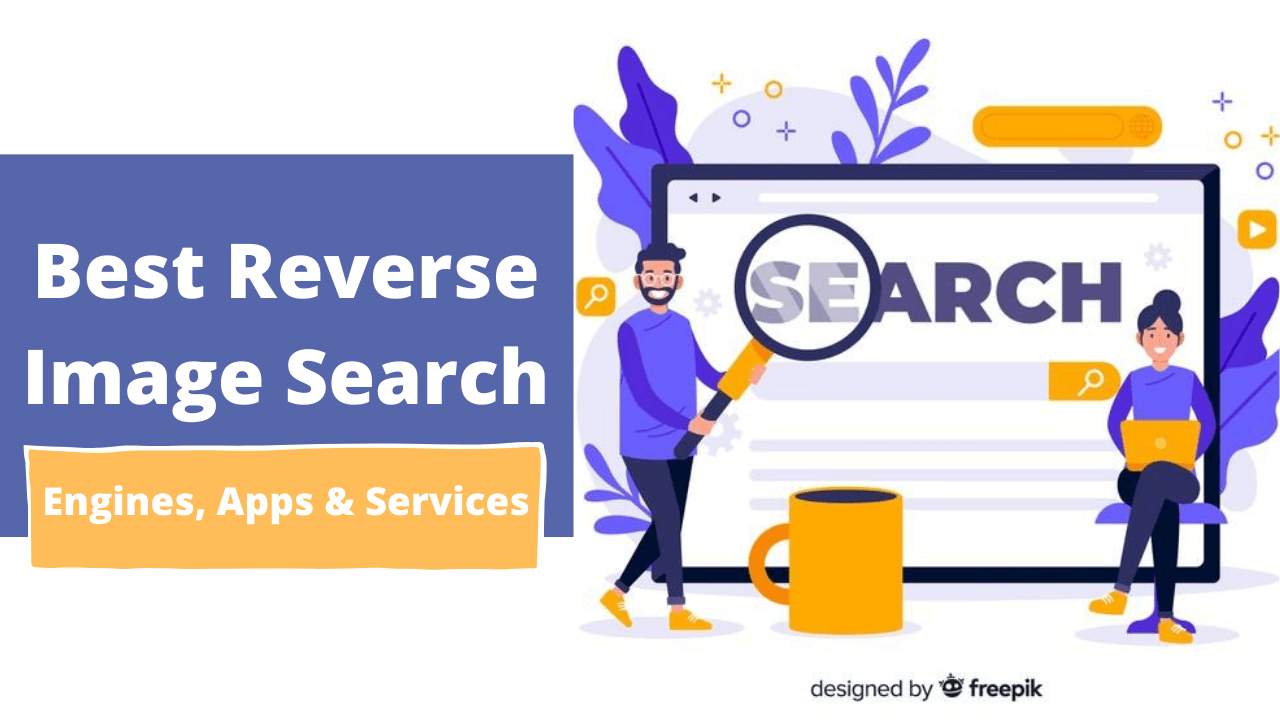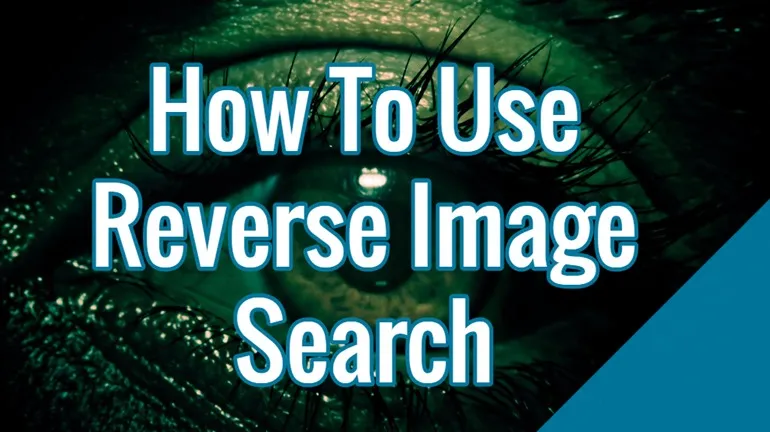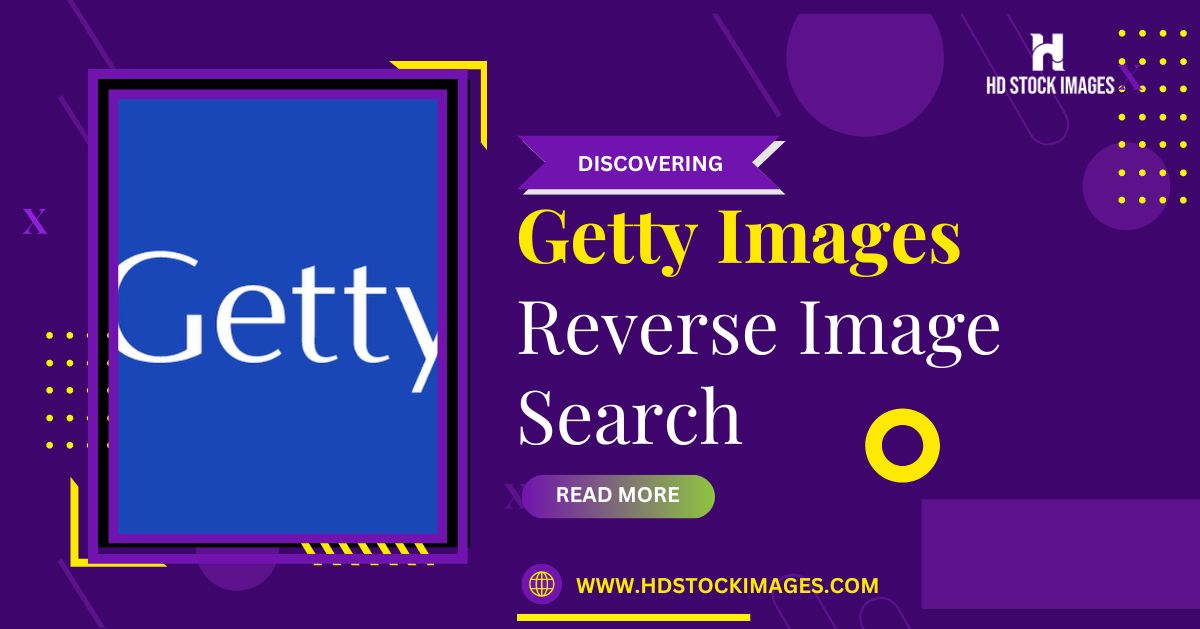I. Introduction
In today's digital landscape, where images have become an integral part of communication and content creation, the power of reverse image search cannot be underestimated. Enter Getty Images Reverse Image Search - an invaluable tool that empowers users to explore a vast collection of images and discover similar or exact matches with just a few clicks.Whether you're a designer seeking inspiration, a content creator verifying image authenticity, or a curious individual delving into the world of visual content, this blog post will delve into the ins and outs of Getty Images Reverse Image Search, revealing its functionalities, benefits, and practical applications in a rapidly evolving digital world.Also Read This: how much is each picture to license on adobe stock
II. What is Getty Images Reverse Image Search?
 Getty Images Reverse Image Search is a cutting-edge online tool provided by Getty Images, one of the world's most renowned and comprehensive stock image libraries. This powerful feature allows users to upload an image or input its URL and instantly search Getty Images' extensive database for similar or exact matches.By utilizing advanced image recognition algorithms, the tool swiftly identifies images with similar content, composition, or subject matter, making it ideal for creative professionals, content creators, and researchers seeking relevant visuals. Getty Images Reverse Image Search not only assists in finding high-quality images for projects but also serves as a valuable resource for verifying image authenticity, sourcing, and licensing information.
Getty Images Reverse Image Search is a cutting-edge online tool provided by Getty Images, one of the world's most renowned and comprehensive stock image libraries. This powerful feature allows users to upload an image or input its URL and instantly search Getty Images' extensive database for similar or exact matches.By utilizing advanced image recognition algorithms, the tool swiftly identifies images with similar content, composition, or subject matter, making it ideal for creative professionals, content creators, and researchers seeking relevant visuals. Getty Images Reverse Image Search not only assists in finding high-quality images for projects but also serves as a valuable resource for verifying image authenticity, sourcing, and licensing information.Also Read This: How to Download a Template from Behance
III. How to Use Getty Images Reverse Image Search
Using Getty Images Reverse Image Search is a straightforward process that enables users to explore the vast library of images effectively. Here's a step-by-step guide on how to use this valuable tool:| Step | Description |
|---|---|
| 1 | Access the Reverse Image Search Tool |
| 2 | Uploading an Image for Searching |
| 3 | Using the Browser Extension (If Available) |
| 4 | Tips for Improving Search Results |
| 5 | Understanding Search Results |
| 6 | License Information and Usage Rights |
| 7 | Navigating Getty Images for More Information |
Also Read This: how much does adobe stock pay photographers
IV. Understanding Search Results
When using Getty Images Reverse Image Search, the tool provides search results that consist of both exact matches and similar images based on the uploaded or provided image. Understanding these search results is crucial for effectively utilizing the tool. Here's a breakdown of what to expect and how to interpret the search results:1. Exact Matches: - Exact matches are images that are identical or nearly identical to the uploaded image. These images have the same visual content, composition, and subject matter. - Exact matches are useful when you need the exact version of an image or when you want to verify the authenticity of a specific visual.2. Similar Images: - Similar images are visuals that share some similarities with the uploaded image. While they might not be exact replicas, they have comparable content, composition, or subject matter. - The tool's image recognition algorithms analyze various visual elements to identify images with shared characteristics. - Similar images are beneficial when you need alternative options or variations of a particular image for creative projects.3. Sorting and Filtering Options: - Getty Images Reverse Image Search typically provides sorting and filtering options to refine search results. - Users can sort images by relevance, date, or popularity to prioritize the most suitable matches. - Filters may allow users to narrow down results by image type, orientation, color, and more.4. Identifying Differences in Similar Images: - When viewing similar images, it's essential to carefully examine each result to identify differences and similarities. - Pay attention to composition, colors, subjects, and any other visual elements to determine which images best fit your needs.5. License Information and Usage Rights: - Each search result will display information about the image's licensing and usage rights. - Review the license type to understand how you can legally use the image for your intended purpose. - Some images may be available for free, while others require purchasing or licensing agreements.6. Navigating Getty Images for More Information: - Clicking on a specific search result will lead you to the individual image's page on the Getty Images website. - Here, you can access additional details, such as image resolution, available formats, and pricing options.Understanding the search results provided by Getty Images Reverse Image Search enables users to select the most suitable images for their projects, verify image authenticity, and access licensing information for legal and ethical use. It's essential to review the details carefully and choose images that align with your specific requirements and creative goals.Elvis Presley performing in California, 1956. Photo from Getty Images. pic.twitter.com/xsmi4ZGojS
— Classic Rock In Pics (@crockpics) July 30, 2023
Also Read This: Using Partial Images for Full Image Inference
V. Practical Applications of Getty Images Reverse Image Search
Getty Images Reverse Image Search offers a plethora of practical applications that cater to the diverse needs of creative professionals, researchers, and everyday users. Here are some key practical applications of this powerful tool:1. Identifying Image Copyright and Ownership: - Content creators and publishers can use reverse image search to determine the original source of an image and verify its copyright ownership. - This helps ensure compliance with copyright laws and avoid potential legal issues related to image usage.2. Verifying the Authenticity of Viral Images: - In the age of social media and digital content sharing, images often go viral, making it challenging to trace their origin. - Getty Images Reverse Image Search assists in identifying the earliest versions of viral images and verifying their authenticity.3. Finding High-Quality Images for Design Projects: - Designers and creative professionals can use the tool to discover high-quality, visually appealing images for their projects. - Whether for websites, marketing materials, presentations, or print media, the tool provides a vast repository of quality visuals.4. Discovering Inspiration and Creative Ideas: - Getty Images Reverse Image Search serves as an inspirational tool, helping artists, designers, and writers discover new ideas and concepts. - By exploring visually similar images, creatives can spark their creativity and develop unique perspectives.5. Exploring Visual Trends and Styles: - Businesses and marketers can use the tool to identify current visual trends and styles in their industry. - This enables them to align their branding and marketing materials with the latest aesthetic preferences of their target audience.6. Finding Alternatives and Variations: - When seeking the perfect image for a project, users can use the tool to find alternative versions or variations of an image. - This ensures a wider range of options to choose from, increasing the chances of finding the most suitable image.7. Researching Visual Content for Projects: - Researchers and journalists can employ the tool to locate related images for their articles, reports, or academic projects. - It saves time by providing a curated list of visuals related to the topic of interest.8. Identifying Product or Logo Misuse: - Businesses can use reverse image search to monitor and detect any unauthorized use of their products or logos. - This helps protect their brand identity and intellectual property.In conclusion, Getty Images Reverse Image Search serves as a versatile tool with practical applications in the realms of copyright verification, design, inspiration, branding, research, and more. Whether for creative pursuits, information gathering, or legal compliance, the tool empowers users to leverage the vast collection of Getty Images for their specific needs.Also Read This: Discovering the Best Cities for High-Growth Tech Jobs Across the USA
VI. Benefits and Limitations of Getty Images Reverse Image Search
 Getty Images Reverse Image Search offers a range of benefits that make it a valuable resource for various users. However, like any tool, it also has certain limitations. Here's an overview of the advantages and constraints of using Getty Images Reverse Image Search:
Getty Images Reverse Image Search offers a range of benefits that make it a valuable resource for various users. However, like any tool, it also has certain limitations. Here's an overview of the advantages and constraints of using Getty Images Reverse Image Search:Benefits:
1. Extensive Image Database: Getty Images has an extensive collection of high-quality images, making the reverse image search results comprehensive and diverse.2. Time-Saving: Users can quickly find visually similar or identical images without having to manually search through the entire image library.3. Image Authenticity Verification: The tool helps users verify the authenticity of images and trace their original sources, critical for content creators and journalists.4. Creative Inspiration: Designers and creatives can explore visually similar images to find inspiration for their projects and come up with fresh ideas.5. Licensing Information: Each search result includes licensing details, allowing users to determine the appropriate usage rights and avoid copyright violations.6. Alternatives and Variations: Users can discover alternative versions or variations of an image, providing more options for their creative projects.7. Brand Protection: Businesses can use the tool to monitor and prevent unauthorized use of their product images or logos.Limitations:
1. Limited Search Index: While Getty Images has a vast collection, it may not cover all possible images available on the internet. Some niche or less common images might not be present in the search results.2. Watermarked Images: Getty Images often displays watermarked versions of images in the search results, which may limit their usability until they are licensed.3. Copyright and Licensing Restrictions: Users must still be mindful of copyright and licensing restrictions even when using the reverse image search tool. Some images may be protected and require proper licensing before use.4. Similarity Accuracy: The accuracy of similar image results can vary, as it relies on image recognition algorithms, which may not always capture subtle differences.5. Visual Elements Recognition: The search results heavily depend on visual elements, and images with slight modifications might not be identified as similar.6. Usage for Free Images: The reverse image search primarily focuses on finding licensable images, which may not be suitable for users seeking free images.7. Complex Image Searches: Extremely abstract or complex images might yield limited or inaccurate results due to the difficulty in identifying similarities.Conclusion:
Getty Images Reverse Image Search offers numerous advantages, from efficient content discovery to image authenticity verification. However, users must also be aware of its limitations and use it judiciously, understanding that it may not cover all possible images and that licensing considerations remain essential. By leveraging its strengths and acknowledging its constraints, users can harness this tool effectively and ethically in their creative and research endeavors.Also Read This: Tips for Printing Large Images Without Losing Quality
VII. Alternative Reverse Image Search Tools
While Getty Images Reverse Image Search is a powerful and widely used tool, several alternative platforms offer similar functionality. These alternative reverse image search tools cater to different needs and may have varying search indexes and features. Here are some notable alternatives:1. Google Reverse Image Search: - Google's reverse image search is a popular choice for general image searches. It allows users to upload an image or provide its URL to find visually similar images across the web. - It is beneficial for quick and broad searches but may not provide as extensive a collection of licensable images as Getty Images.2. TinEye: - TinEye is a specialized reverse image search engine known for its focus on image tracking and copyright monitoring. It is widely used for finding image sources, copyright information, and duplicate images on the internet. - While TinEye may not have as vast an image database as Getty Images, it excels at image identification and verification.3. Shutterstock Reverse Image Search: - Shutterstock, another popular stock image provider, offers a reverse image search tool to find images similar to the uploaded or provided one. - It is especially useful for designers and creatives who frequently work with Shutterstock's vast library of images.4. Pixabay's Reverse Image Search: - Pixabay is a well-known platform for free stock images. Its reverse image search allows users to find similar free images within its collection. - It is an excellent choice for those seeking free, high-quality visuals for non-commercial projects.5. Yandex Images: - Yandex, a Russian search engine, also provides a reverse image search feature similar to Google's. - While it may have a focus on Russian-language content, it can still be useful for international image searches.Pros and Cons of Each Alternative:
- Google Reverse Image Search: Widely accessible, vast search index, but may not focus on licensable images. - TinEye: Specialized in copyright tracking, but may not have as extensive a collection as stock image platforms. - Shutterstock Reverse Image Search: Great for Shutterstock users, but may have limited results outside its library. - Pixabay's Reverse Image Search: Ideal for free images, but may not cover a broad range of subjects. - Yandex Images: Useful for Russian-language content, but may have limited international search results.Users should consider their specific requirements and the type of images they need when choosing an alternative reverse image search tool. Each platform has its strengths, and combining multiple tools can enhance the chances of finding the perfect image for any given project.Also Read This: How to Create Stickers at Home with Fun DIY Video on Dailymotion
FAQs
1. What is Getty Images Reverse Image Search?Getty Images Reverse Image Search is a tool that allows you to find similar or exact images to an image you already have. You can use it to find the source of an image, find other images with the same subject matter, or find similar images for your own creative projects.2. How do I use Getty Images Reverse Image Search?There are two ways to use Getty Images Reverse Image Search:- You can upload an image file to the Getty Images website.
- You can paste the URL of an image into the Getty Images search bar.
- Find the source of an image.
- Find other images with the same subject matter.
- Find similar images for your own creative projects.
- It is a quick and easy way to find similar or exact images.
- It can help you find the source of an image.
- It can help you find other images with the same subject matter.
- It can help you find similar images for your own creative projects.
- It only searches Getty Images' database, so it may not find all of the similar or exact images that exist online.
- It can be difficult to find the source of an image if it has been copied and shared many times.

 admin
admin








